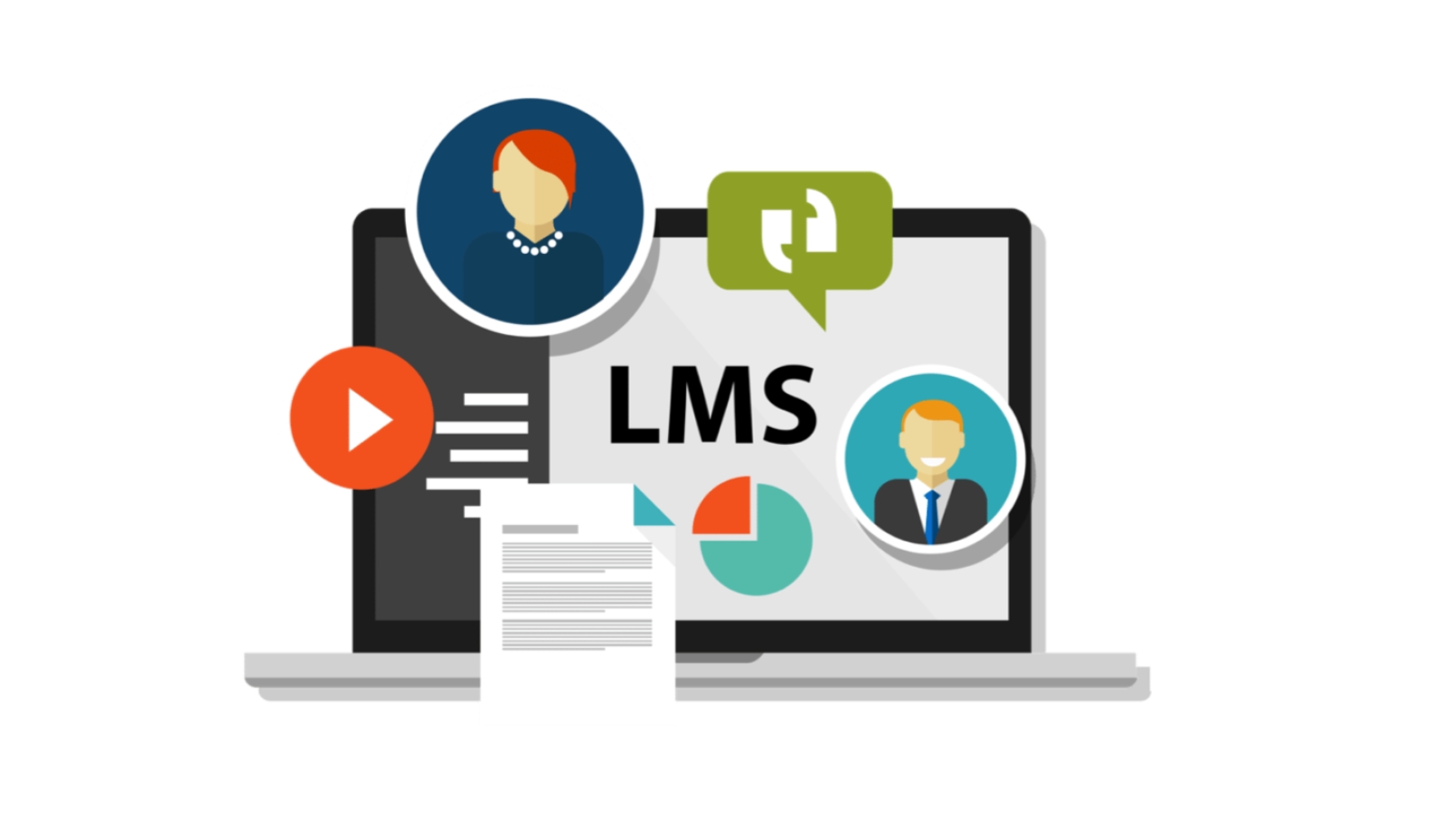Distance learning has become increasingly prevalent in corporate education, as more and more companies are turning to online platforms to deliver training and development programs to their employees.
While distance learning offers many benefits, such as increased flexibility and accessibility, it also comes with its own unique set of challenges.
Therefore, it is essential for companies to address distance learning challenges proactively and effectively to ensure that their programs are successful.
In this article, we will explore some of the most common distance learning challenges in corporate education and provide practical solutions for overcoming them.
What Is Distance Learning?

Distance learning, also known as online learning or e-learning, is a mode of education that allows learners to access educational materials and interact with instructors and peers from remote locations.
In distance learning, the traditional physical classroom is replaced with virtual classrooms, where students can access course materials, complete assignments, take exams, and interact with their instructors and classmates through various digital platforms and tools.
Distance learning is often conducted through online learning management systems (LMS), which provide a centralized platform for course content, communication, and assessment.
This mode of learning has become increasingly popular due to its flexibility, convenience, and accessibility, enabling learners to pursue their education without the limitations of time and geography.
Benefits
Distance learning offers several benefits that make it an attractive option for learners and educational institutions alike.
Here are some of the key benefits of distance learning:
1. Flexibility
One of the primary benefits of distance learning is its flexibility.
Learners can access course materials and complete assignments at their own pace and according to their own schedule.
This is particularly beneficial for learners who have work or family commitments that make it difficult to attend traditional in-person classes.
2. Accessibility
Distance learning allows learners to access educational materials and interact with instructors and peers from anywhere in the world, as long as they have an internet connection.
This makes education more accessible to learners who may not have the ability to attend traditional in-person classes due to geographic or other barriers.
3. Cost-Effective
Distance learning can be more cost-effective than traditional in-person classes, as it eliminates the need for physical classrooms, textbooks, and other materials.
It also reduces travel costs for learners who would otherwise have to commute to attend classes.
4. Personalized Learning
Distance learning allows learners to customize their learning experience to their own needs and preferences.
They can choose the courses they want to take, the pace at which they want to learn, and the format in which they want to receive the material.
5. Technology Skills Development
Distance learning requires learners to use various digital tools and platforms to access course materials and interact with instructors and peers.
This can help learners develop technology skills that are increasingly important in today's workforce.
Overall, distance learning offers many benefits that make it an attractive option for learners and educational institutions looking to provide flexible, accessible, and cost-effective education.
Top Distance Learning Challenges

Here are some of the top distance learning challenges:
1. Technical Issues
Distance learning relies heavily on technology, which can be a challenge for some learners who may not have access to the necessary equipment or stable internet connection.
Technical issues such as slow internet speed, software compatibility problems, and device malfunctions can also disrupt the learning experience.
2. Lack Of Engagement
An issue with online learning is the lack of engagement.
In a remote learning environment, learners may feel isolated and disconnected from their instructors and peers.
This can lead to a lack of engagement, motivation, and accountability, which can negatively impact learning outcomes.
3. Time Management
Distance learning requires learners to manage their time effectively and stay on track with their coursework.
This can be a challenge for learners who have other commitments such as work, family, or social obligations.
4. Self-Discipline
Distance learning requires a high level of self-discipline and self-motivation, as learners are responsible for managing their own learning process.
This can be a remote learning challenge for learners who thrive in structured environments with regular feedback and guidance from instructors.
6. Assessment And Feedback
Another issue with online learning is that it can present challenges when it comes to assessment and feedback, as instructors may find it difficult to provide personalized feedback and monitor the progress of each learner.
This can result in a lack of clarity and feedback on learners' performance, which can hinder their progress.
Overall, these challenges can impact the effectiveness of distance learning and require proactive measures to overcome them.
It is important for learners, instructors, and educational institutions to address remote learning challenges proactively and find solutions that work for everyone involved.
Solutions To Online Learning Problems

Here are some solutions to address common online learning problems:
1. Technical Issues
To overcome technical issues, learners should ensure they have access to a stable internet connection and proper equipment.
Instructors should provide technical support to learners to troubleshoot any issues they may face.
Educational institutions should also invest in reliable technology and provide training to instructors and learners on how to use it effectively.
2. Lack Of Engagement
To increase engagement, instructors can use interactive teaching methods such as live online classes, breakout rooms, and virtual group projects.
They can also use gamification techniques, quizzes, and polls to keep learners engaged and motivated.
Educational institutions can create an online community for learners to interact and share experiences.
3. Time Management
Learners should create a study schedule and stick to it, setting aside dedicated time for their coursework.
Instructors can provide guidance on time management and set clear deadlines for assignments.
Educational institutions can offer time management and study skills workshops to help learners manage their time effectively.
4. Self-Discipline
To increase self-discipline, learners should set clear goals and track their progress. Instructors can provide regular feedback and guidance to help learners stay on track.
Educational institutions can provide access to resources such as online libraries and discussion forums to encourage self-directed learning.
5. Assessment And Feedback
Instructors can provide regular feedback on learners' performance using digital tools such as online quizzes and assignments.
They can also use video conferencing and virtual office hours to provide personalized feedback and support.
Educational institutions can develop effective assessment and evaluation strategies that take into account the unique aspects of online learning.
Overall, the key to overcoming online learning problems is to provide learners with the support and resources they need to succeed.
By adopting effective strategies and leveraging technology, online learning can be an engaging and effective way to provide education and training.
Enhance Employee Training With Oreed
1. Transform Your Employee Training With Oreed
Upgrade your employee training process with Oreed, an all-in-one training platform that offers a 360-degree view of your employees, enabling you to make data-driven decisions with ease.
2. Revamp Your Training/Course Development
With Oreed, you can gain deep insights into your employees' training needs, allowing you to design and develop customized training and courses for better results.
3. Track The Impact Of Your Training/Courses
Oreed also provides the tools to measure and evaluate the effectiveness of your training/courses, ensuring your organization achieves the desired outcomes.
So what are you waiting for? Book a demo with Oreed today and find out more about our features.
Promote lifelong learning through Oreed by experiencing the most powerful all-in-one training and development intelligent platform that streamlines all your organization's learning, training, and development activities in one place.
Final Thoughts
Distance learning can be an effective way to provide corporate education, but it also presents unique challenges that need to be addressed to ensure its success.
By understanding and proactively addressing distance learning challenges, educational institutions, and organizations can create a learning environment that meets the needs of their learners and achieves the desired outcomes.
Some of the key strategies to address distance learning challenges in corporate education include providing technical support, encouraging engagement through interactive teaching methods, providing time management and self-discipline guidance, and adopting effective assessment and evaluation strategies.
It is also important to recognize that each organization and learner is unique, and there may be other challenges that need to be addressed based on their specific needs and circumstances.
By taking a learner-centered approach and working collaboratively with all stakeholders, it is possible to create a distance learning program that is effective, engaging, and successful in achieving its goals.
FAQs
1. How can learners manage their time effectively in a distance learning environment?
Learners can manage their time effectively in a distance learning environment by creating a study schedule, setting aside dedicated time for their coursework, avoiding distractions, and taking regular breaks.
They can also prioritize their assignments based on their deadlines and level of difficulty.
2. What kind of technical support should be provided to learners in distance learning for corporate education?
Technical support for learners in distance learning for corporate education should include assistance with software compatibility, device malfunctions, and stable internet connection.
Instructors and educational institutions should also provide guidance on how to use technology effectively, troubleshoot common issues, and access technical resources such as online help desks or support forums.





